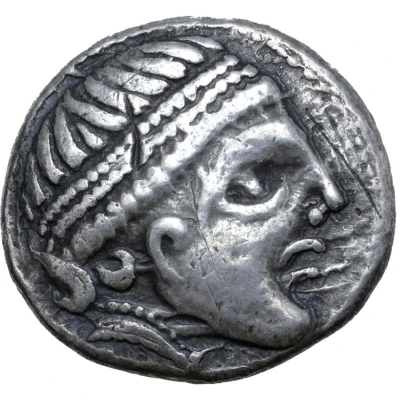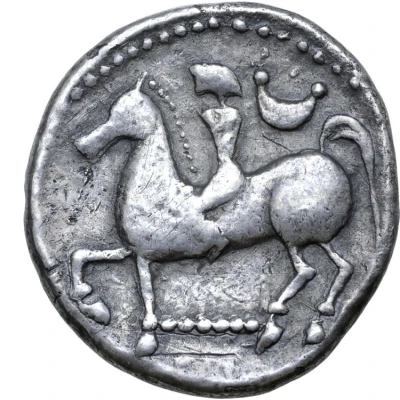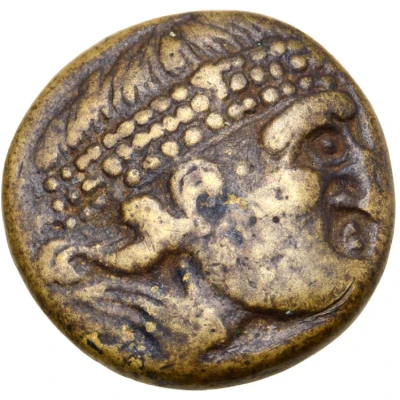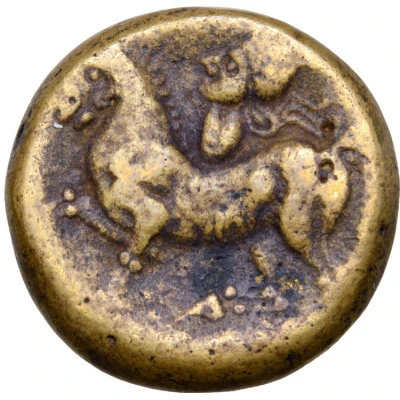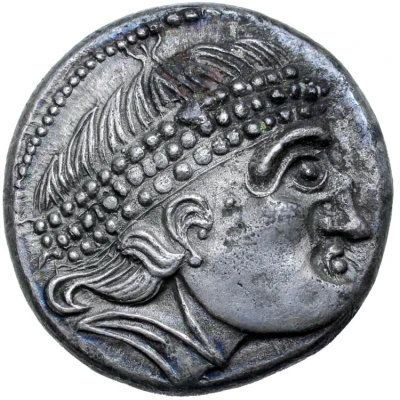
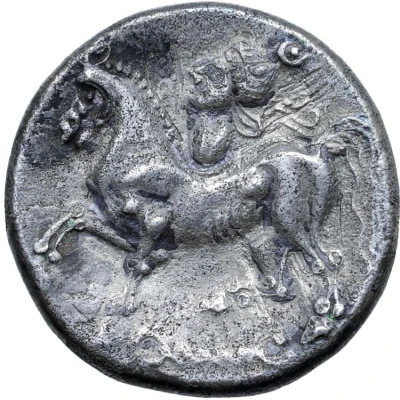

© Roma Numismatics Limited
Tetradrachm Reiterstumpf Type 200 BC - 101 BC
| Silver | 12.16 g | 23 mm |
| Issuer | Burgenland Celts (Uncertain Central and Eastern European Celts) |
|---|---|
| Type | Standard circulation coin |
| Years | 200 BC - 101 BC |
| Value | Tetradrachm (4) |
| Currency | Drachm |
| Composition | Silver |
| Weight | 12.16 g |
| Diameter | 23 mm |
| Shape | Round (irregular) |
| Technique | Hammered |
| Orientation | Variable alignment ↺ |
| Demonetized | Yes |
| Updated | 2024-10-09 |
| Numista | N#194630 |
|---|---|
| Rarity index | 100% |
Reverse
Rider on horseback to left, cloak billowing behind; pellet-in-annulet above, groundline below terminating in torque-forms.
Comment
Examples of this type:• Example #1 (12.16g, 23mm, 12h, Extremely Fine) - in main image:
◦ Ex-Hermann Lanz Collection; published in Michaela Kostial - "Kelten im Osten. Gold und Silber der Kelten in Mittel und Osteuropa, Sammlung Lanz", München, 1997, #743;
◦ Exhibited by the Staatlichen Münzsammlung München at the 1997 International Numismatic Congress in Berlin; at the Berliner Bank also in 1997; also exhibited at the Luitpoldblock Palmengarten, Munich in 2003 (exhibition #131[obverse]).
◦ Auctioned by Roma Numismatics Ltd, Auction XVII, 28 March 2019, Lot 196. Sold for 1,000 GBP.
Interesting fact
One interesting fact about the Tetradrachm (Reiterstumpf Type) coin from Burgenland Celts is that it features a unique combination of Celtic and Greek elements in its design. The obverse side of the coin depicts a stylized horse and rider, while the reverse side features a seated figure of the Celtic goddess Epona, surrounded by Greek-style ornaments and lettering. This blending of cultural influences reflects the complex cultural exchange and trade networks that existed in ancient Europe.
